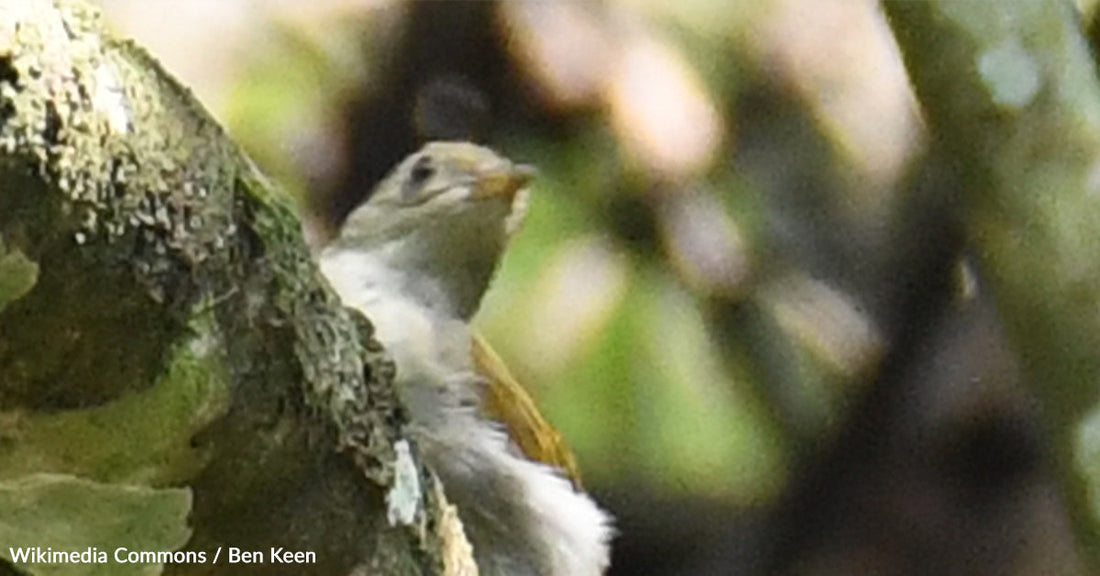Instead Of Toward Honey, Some Honeyguides Lead Humans into Snake Territory
Matthew Russell
In the dense woodlands of Mozambique, a curious alliance unfolds between man and bird. The greater honeyguide, a small brown bird native to sub-Saharan Africa, has long been known to lead humans to wild bee colonies in exchange for a waxy reward. But sometimes, that trust is tested. Instead of bees, the bird guides honey hunters straight to danger.
Researchers following Yao honey hunters recently found themselves face to face not with hives, but with a black mamba, a puff adder, and a rock python. Once, they were led to a dead galago primate. In each case, the honeyguide behaved exactly as it would when locating bees—using specialized calls and flight patterns, then falling silent upon arrival, perched above its chosen “find” Phys.org reports.

Photo: Wikimedia Commons, License: Public Domain
Ancient Warnings or Simple Mistakes?
To many Indigenous communities, these detours are more than accidents. Oral histories dating back centuries suggest that honeyguides deliberately punish stingy partners by leading them to deadly animals. One researcher quoted by Mongabay described how some hunters view these incidents not as betrayal but as helpful warnings. The Yao people, for instance, believe the birds are protecting them from hidden dangers.
But the scientists who followed the birds and recorded their calls aren’t convinced by tales of avian vengeance. In the peer-reviewed study, they examined over 100 honeyguide-led hunts. Only 4 ended at non-bee targets, making the behavior rare—just 3.7% of encounters. Importantly, there was no statistical link between the birds being stiffed of beeswax in previous hunts and their sudden taste for danger.
Instead, researchers believe the birds may simply be making spatial recall errors. As lead author David Lloyd-Jones told Mongabay, “Once in a while, but very rarely, a honeyguide is guiding you to that location rather than guiding you to bees.”

Photo: Wikimedia Commons / R.E.B., License: Public Domain
The Calls Are the Same
The honeyguides’ behavior in each case was indistinguishable from their standard bee-finding technique. Their signature “indication” calls—which signal a nest is near—were used even when leading to snakes or carcasses. They swooped low and perched near the destination, then went silent. This is classic honeyguide conduct, whether at a bees’ nest or a black mamba Ecology and Evolution confirms.
The resemblance is so strong that the study’s authors ruled out the possibility of incidental encounters. The birds weren’t simply flying by chance past a snake on their way to a hive. “What we were observing was a deliberate behavior,” Lloyd-Jones told Mongabay.
Cooperation in Decline
Honeyguides and humans have worked together for millennia. But like other rare interspecies alliances, this one is fading. Land development, commercial agriculture, and the spread of modern beekeeping have eroded the need for wild honey hunts. The tradition is now limited mostly to remote communities like the Yao in Mozambique, National Geographic reports.
Even the birds themselves are learning to adapt. According to UCLA, honeyguides responded more often to specific local vocal signals from familiar hunters. This cultural coevolution shows a mutual dependency that hinges on trust.
When that trust falters, even by accident, the risks are high. Getting stung by bees is one thing. Running into a rock python is another.

